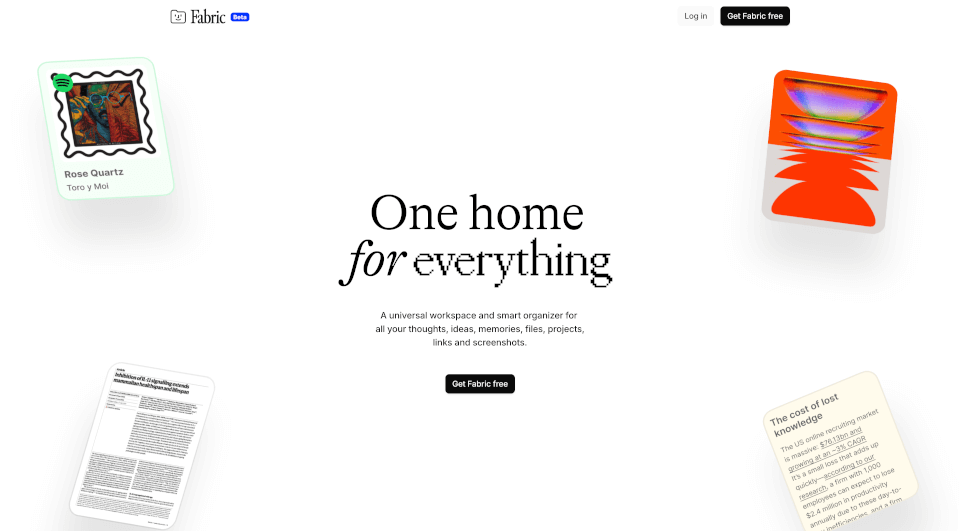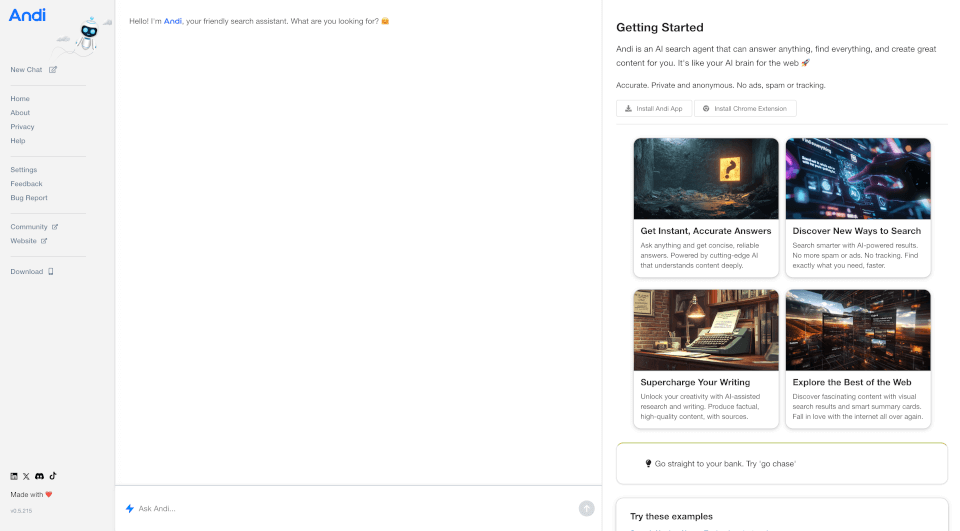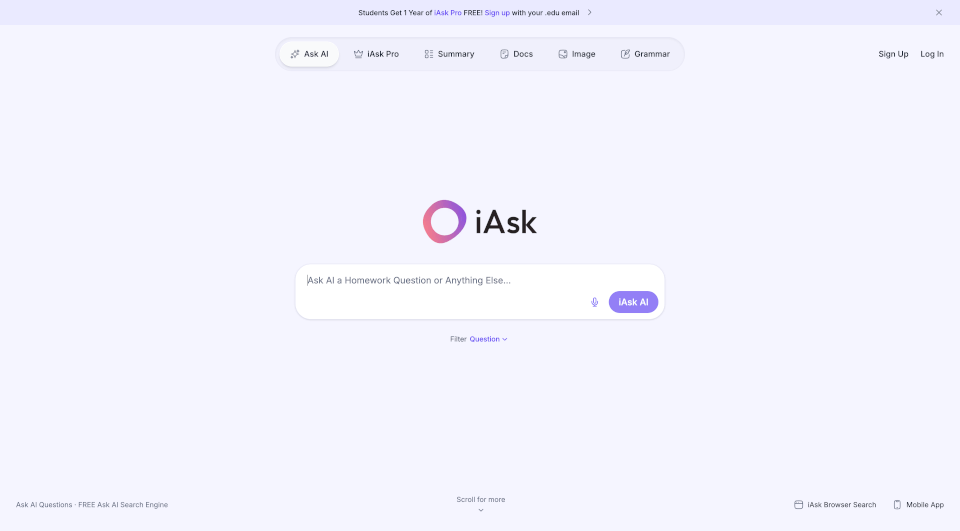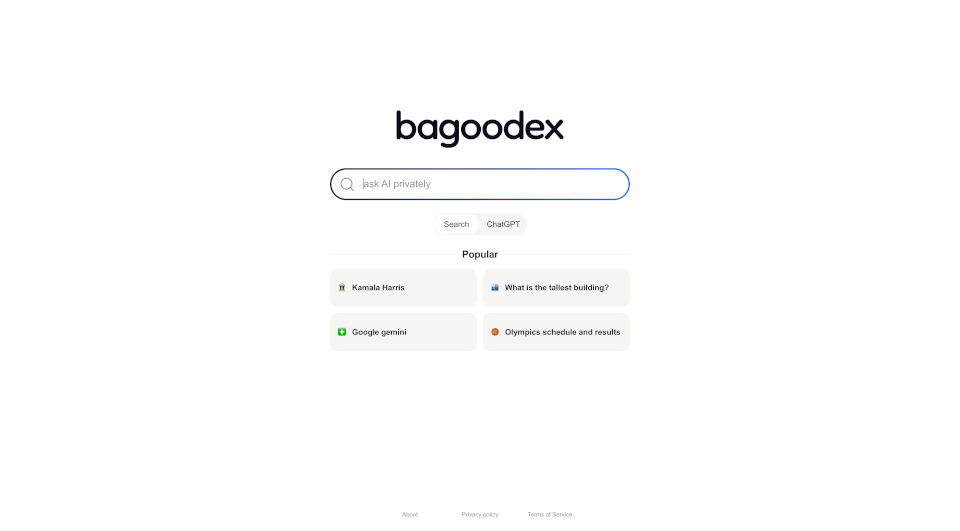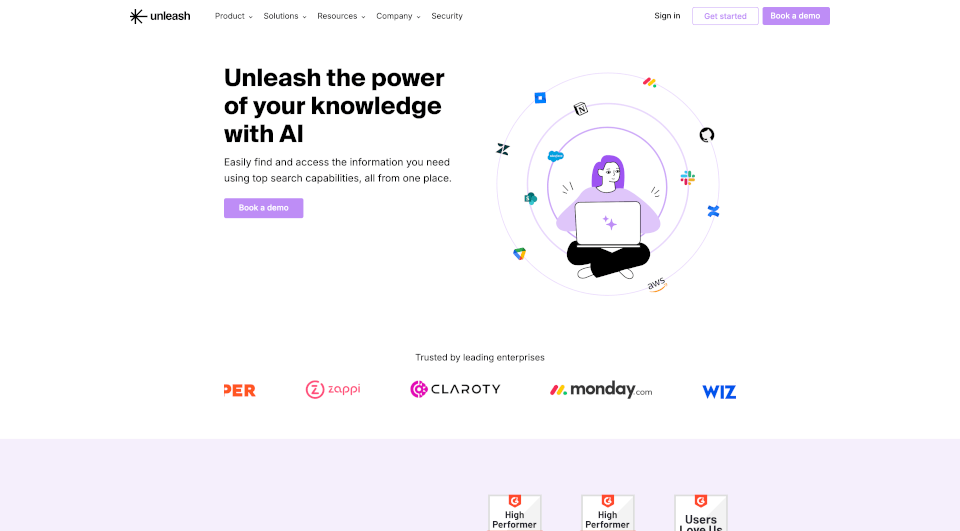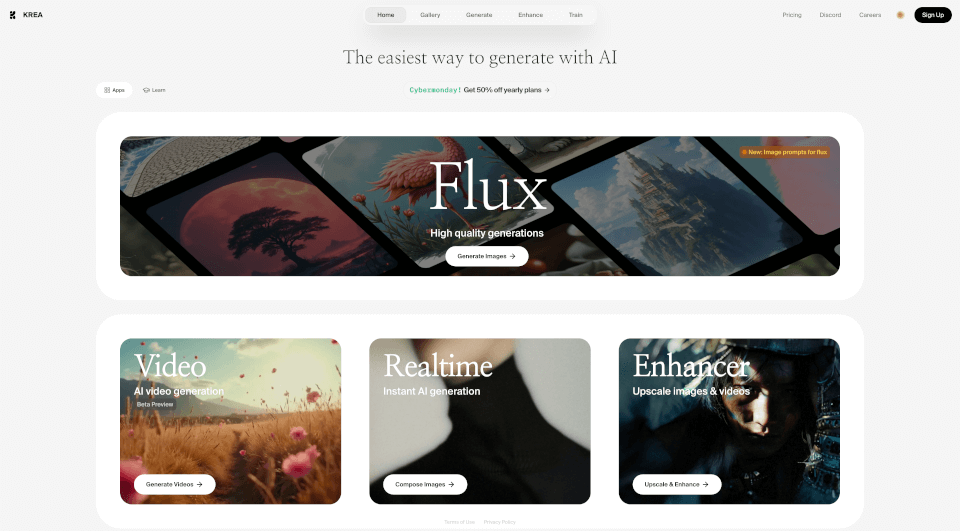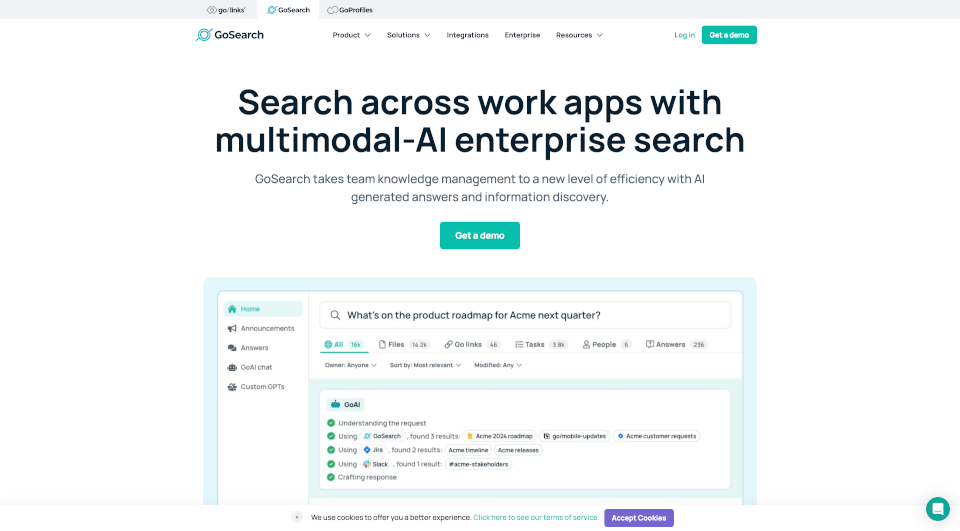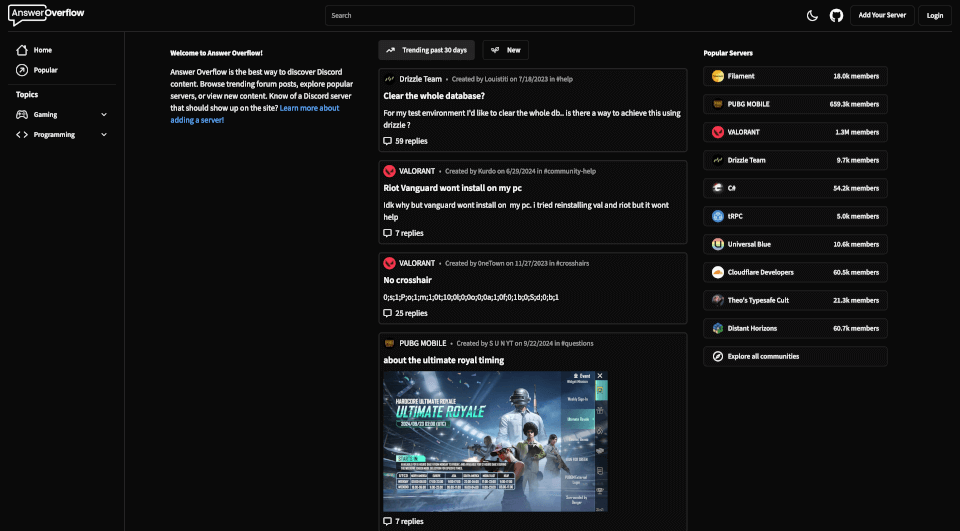What is Fabric?
Fabric is a revolutionary self-organizing workspace and file explorer designed for the modern internet age. It brings everything you need—your drives, clouds, notes, screenshots, links, and files—together in one intelligent platform. Founded on the principle of making information easily accessible and manageable, Fabric ensures that you never forget anything again. With its smart organization and collaborative features, Fabric acts as your second brain, capturing and storing your thoughts, ideas, and files seamlessly.
What are the features of Fabric?
- Universal Capture: Fabric allows you to capture, store, and create anything from various sources. You can integrate different apps to consolidate your data.
- Real-time Collaboration: Collaborate with your team by sharing live cursors, chat features, and comments directly on any file, note, or website.
- Intelligent Auto-Tagging: The platform automatically labels your files and organizes data without manual sorting, making it an effortless knowledge base.
- Instant Search Capability: Simply describe what you’re looking for, and Fabric’s search will pinpoint it instantly, no matter how cluttered your digital space may appear.
- Shared Spaces: Fabric allows you to create collective spaces for projects, making it perfect for organizing ideas and files in collaboration with others.
- Annotation Tools: You can draw, chat, and annotate directly on any document or file, making feedback and collaboration clear and contextual.
- Cross-Platform Accessibility: Available on web, mobile, desktop, and as a browser extension, ensuring your workspace is always within reach.
- Secure and Encrypted: Fabric prioritizes your security with encryption during transit and at rest, making it safe to store sensitive data.
What are the characteristics of Fabric?
Fabric stands apart with its self-organizing nature and intelligent design. It mirrors the way the human brain works, making connections between different thoughts and pieces of information. This creates a natural browsing experience that doesn’t rely on rigid structures or filenames. Instead, it encourages users to describe their information in a more organic manner, promoting a fluid interaction with digital content.
What are the use cases of Fabric?
- Research and Study: Fabric is ideal for researchers and students, providing tools to gather inspiration, take notes, and track project progress.
- Team Collaboration: Perfect for teams needing a shared workspace where they can collaborate on documents, provide feedback, and keep all project-related files in one place.
- Idea Management: Great for brainstorming sessions where users can create a repository of ideas, inspirations, and sketches all collected into one digital canvas.
- Event Planning: Organize plans with collected inspirations, notes, and schedules, ensuring a comprehensive overview of your events.
- Digital Asset Management: Store and manage various media files, linking them to projects, tasks, or strategic plans efficiently.
How to use Fabric?
To begin using Fabric, follow these steps:
- Sign Up: Create a free Fabric account online.
- Connect Your Apps: Link your Google Drive, Notion, Figma, or any other applications where your data reside.
- Add Content: Start capturing content through various means: screenshots, links, or direct uploads.
- Collaborate: Invite team members to shared spaces to facilitate discussions and feedback.
- Search & Organize: Use Fabric’s intelligent search to find files quickly, utilizing keywords or descriptions.
